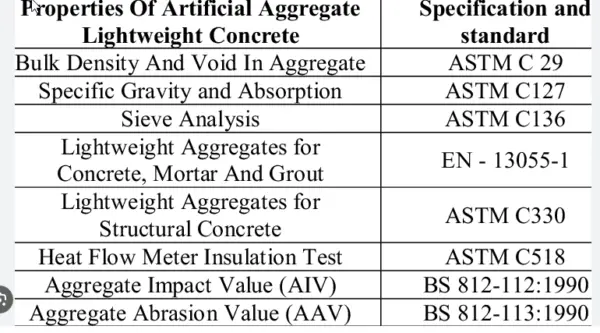7 Key Features of Septic Tank Design – IS 2470 (Part 1)
Septic tanks are a crucial component of decentralized wastewater management systems. Proper septic tank design is essential to ensure effective treatment of sewage from individual households or buildings before discharge or reuse. Septic Tank Design: An Introduction Septic tanks offer a preliminary treatment of sewage before final disposal. The sewage is held in these tanks…






